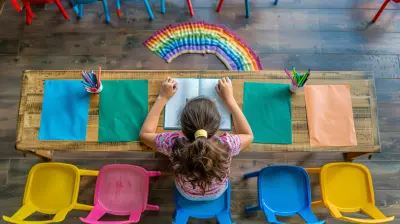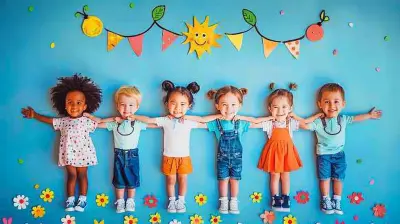Cultural Awareness and Social-Emotional Learning
2 July 2025
Let’s face it—today’s classrooms look, feel, and sound a whole lot different than they did even a decade ago. We’ve got students from all walks of life, speaking different languages, celebrating unique traditions, and bringing a rich mix of perspectives into the room. It’s like a giant, noisy patchwork quilt of experiences—and that’s a good thing! But with this diversity comes a challenge: How do we make sure every student feels seen, heard, and understood?
That’s where Cultural Awareness and Social-Emotional Learning (SEL) step in, hand-in-hand like best friends navigating school life together.
Ready to unpack what this dynamic duo means for students, schools, and society as a whole? Let’s dive right in.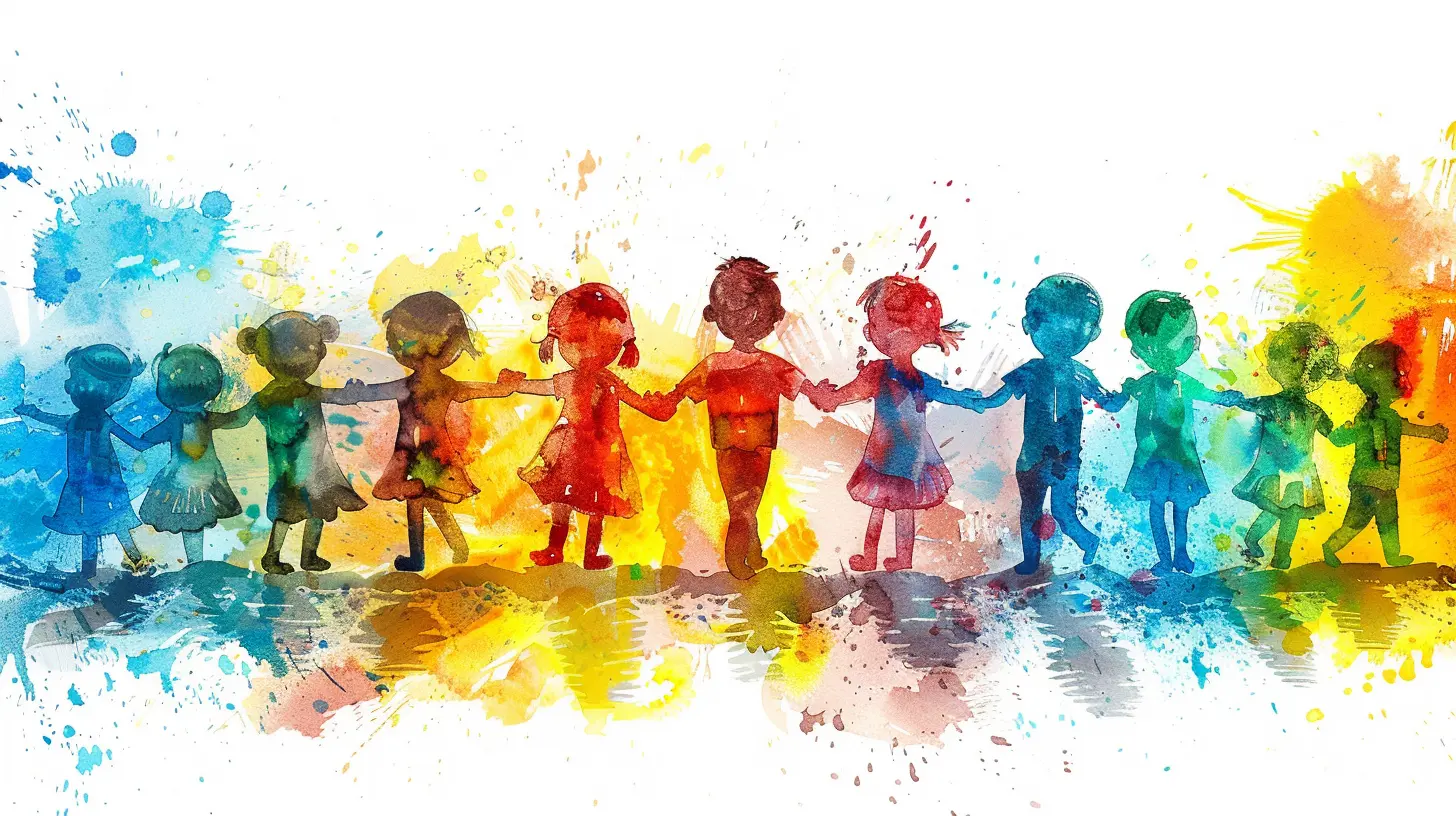
What Is Cultural Awareness, Anyway?
Imagine walking into a room where no one speaks your language, understands your customs, or even pronounces your name correctly. Uncomfortable, right?Cultural Awareness is all about understanding, respecting, and valuing the different backgrounds, beliefs, and behaviors of others. It’s the ability to notice and appreciate the differences in people—not just on the surface, but in the deep, meaningful stuff too.
We’re talking about more than just knowing what holidays someone celebrates. It’s about understanding context—why someone communicates the way they do, how they see the world, or why certain topics may be sensitive to them. It's empathy in action.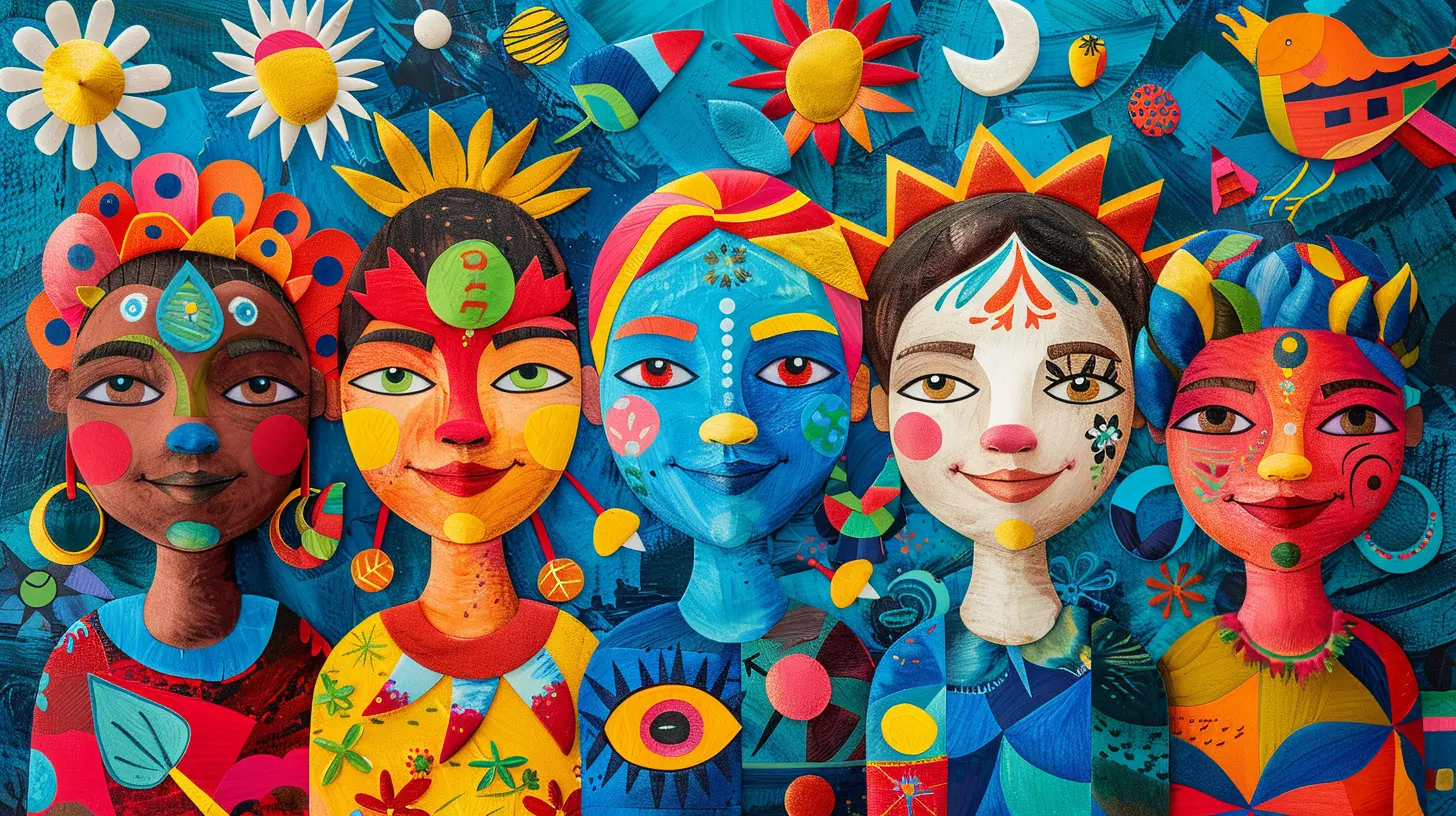
Social-Emotional Learning 101
Now, let’s switch gears and take a look at Social-Emotional Learning (SEL). Think of SEL as the emotional muscle-building of the school world. Just like students work their brains with math and reading, they also need to work on their emotional and social smarts.According to CASEL (Collaborative for Academic, Social, and Emotional Learning), SEL helps people manage emotions, build healthy relationships, set goals, and make responsible decisions. It’s broken down into five key components:
1. Self-Awareness
2. Self-Management
3. Social Awareness
4. Relationship Skills
5. Responsible Decision-Making
These skills aren't just for the classroom either—they're life skills. Like, real-life, use-it-daily kind of stuff.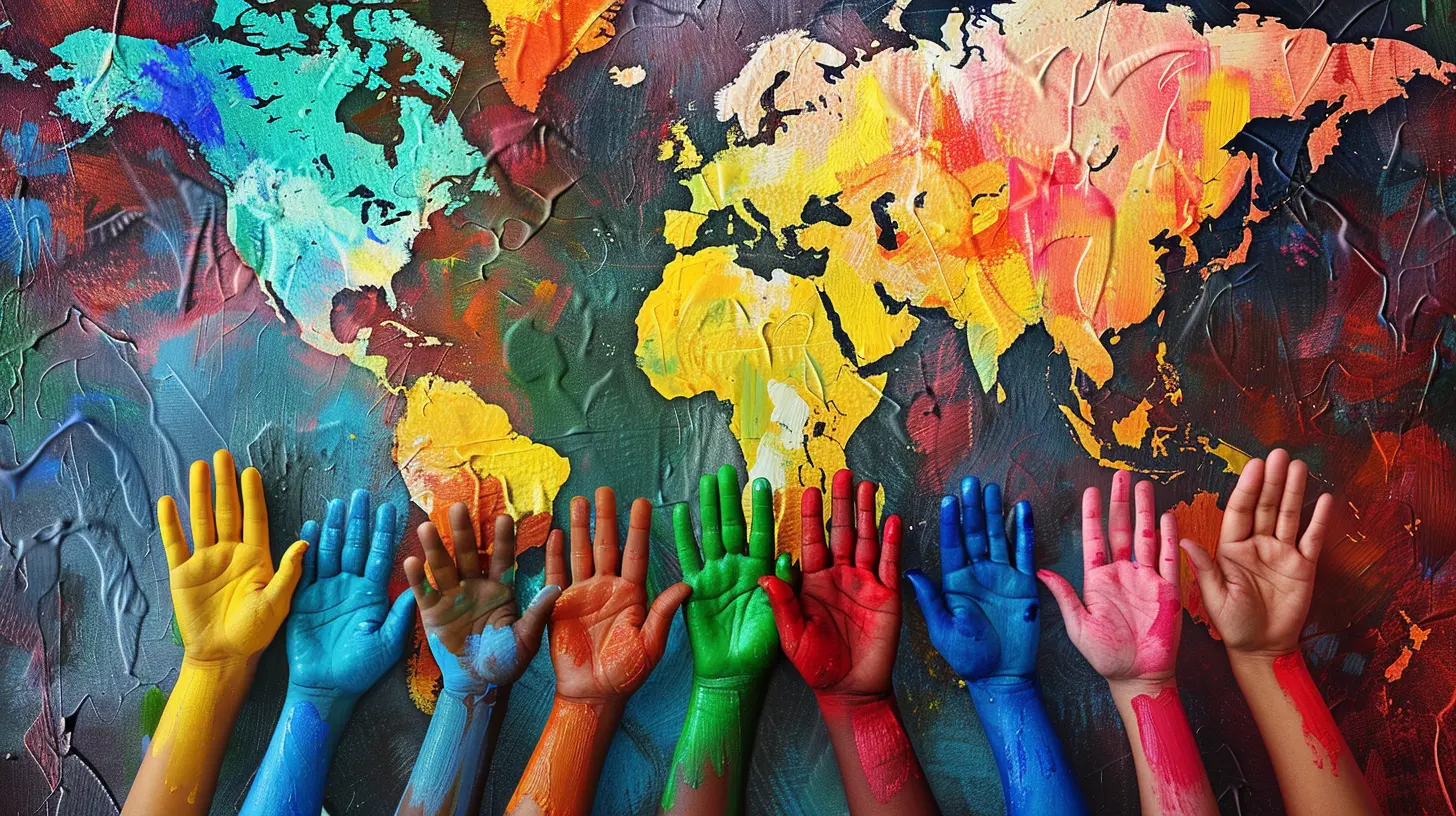
The Beautiful Intersection: Where Cultural Awareness Meets SEL
At first glance, it might seem like cultural awareness and SEL are two separate lanes on the education highway. But look a little closer, and you’ll see they actually merge—and beautifully so.You can’t fully learn empathy (a cornerstone of SEL) without understanding someone else’s cultural context. And you can’t practice true cultural awareness without engaging your emotional intelligence.
They feed each other. Like peanut butter and jelly. Or Netflix and popcorn.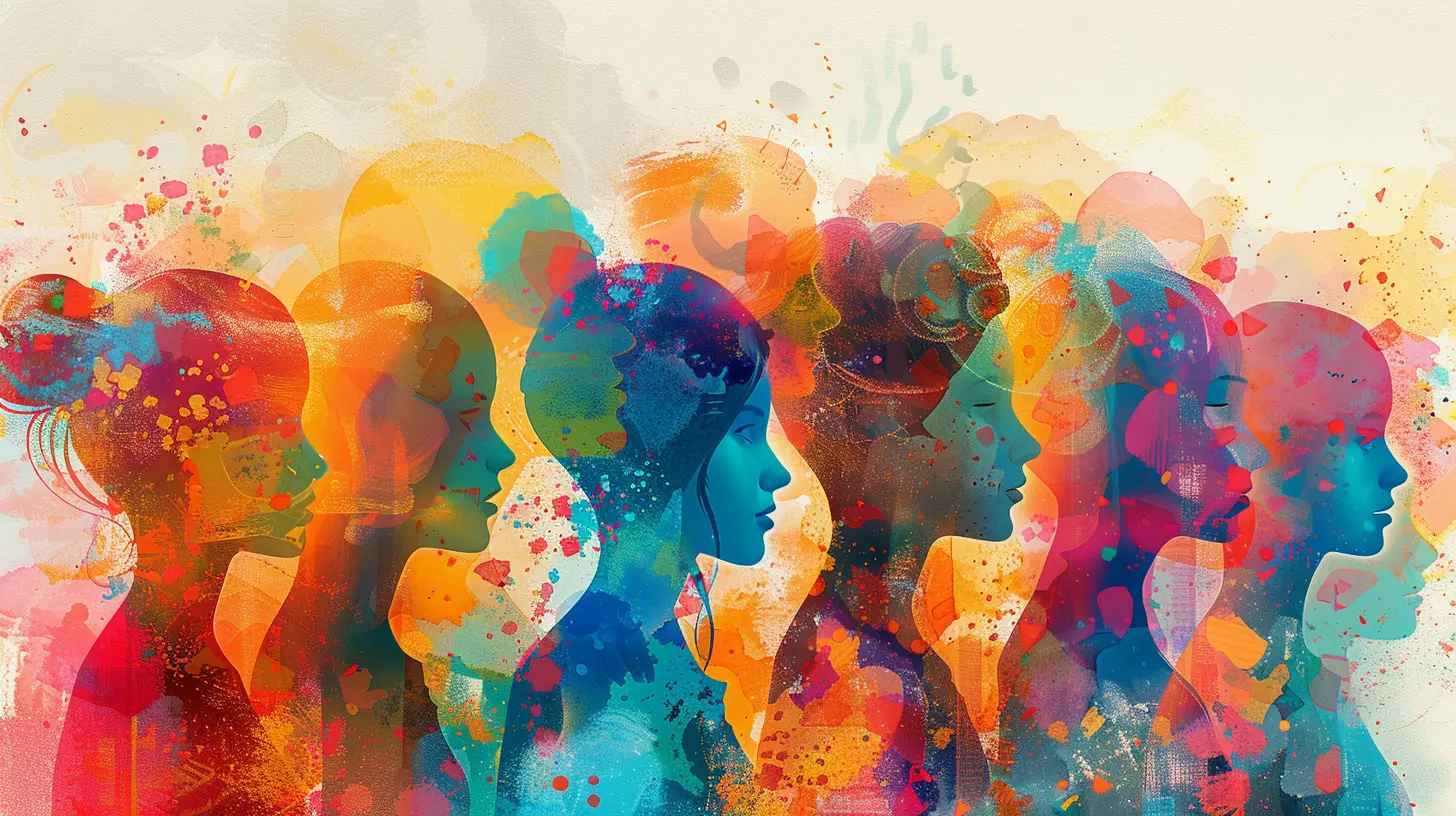
Why This Combo Matters Now More Than Ever
Let’s be real for a moment.We’re living in a world that’s more connected—and more divided—than ever before. Whether it’s social media spats, global conflicts, or schoolyard misunderstandings, we constantly see the need for empathy, understanding, and emotional clarity.
Teaching students to be culturally aware while developing their social-emotional skills gives them the tools to:
- Navigate a diverse world with confidence
- Stand up against injustice and bias
- Communicate clearly and kindly
- Adapt to different situations and people
And guess what? These aren’t just “nice-to-have” skills anymore. They’re essential.
In the Classroom: Bringing Cultural Awareness and SEL to Life
Wondering how all of this plays out in a regular ol’ classroom? Here’s how educators can bring the magic of cultural awareness and SEL into everyday learning.1. Create a Safe, Inclusive Environment
The foundation for all learning is a sense of safety. Students need to feel emotionally and culturally safe to take risks, ask questions, and be themselves.Teachers can:
- Greet students in their native languages
- Celebrate diverse holidays and traditions
- Address microaggressions and stereotypes head-on
- Encourage open dialogue and storytelling
2. Integrate SEL Into the Curriculum
You don’t need a whole new subject called “Feelings 101” to teach SEL. It can be seamlessly woven into what’s already being taught.Reading a novel? Discuss character emotions and motivations.
Learning about history? Talk about empathy and perspective-taking.
Working on a group project? Focus on communication and collaboration.
3. Use Culturally Responsive Teaching Strategies
This one’s key.Culturally responsive teaching isn’t about changing everything you do—it’s about being intentional. It means recognizing the cultural strengths students bring to the table and using them as assets in the learning process.
This could include:
- Using diverse texts and materials
- Encouraging students to connect content to their own lives
- Valuing different styles of expression and communication
Real Talk: Challenges and Opportunities
Of course, we’re not going to pretend this is all sunshine and rainbows. Implementing culturally aware SEL practices has its challenges—especially when educators are already stretched thin.Some common hurdles include:
- Lack of training and resources
- Resistance due to misunderstandings about “cultural” topics
- Time constraints in packed school schedules
But hey, the opportunities far outweigh the obstacles.
Small changes make a big difference. Even just starting conversations around these topics can shift school culture in powerful ways.
Remember: progress over perfection.
What Students Gain: Long-Term Benefits
So, what’s in it for the students?A whole lot. When you blend cultural awareness with SEL, students experience:
Better Academic Outcomes
Research shows that students in SEL programs perform better academically. Add cultural relevance, and you’ve got engagement through the roof.Higher Emotional Intelligence
Students get better at understanding and managing their own emotions—as well as those of others. This means fewer conflicts and more collaboration.Stronger Relationships
Whether it’s friendships, family dynamics, or working with a boss someday, these skills make human interaction smoother and more meaningful.Empowerment
Students feel seen for who they are. Their culture isn’t something they leave at the classroom door—it’s something to be celebrated and woven into their learning journey.Supporting Educators on This Journey
This can’t be a one-person job. Teachers need support too!What Schools Can Do:
- Offer professional development on cultural competence and SEL- Provide diverse teaching materials and resources
- Encourage a school-wide climate of inclusion and emotional safety
What Communities Can Do:
- Partner with schools to share cultural knowledge- Offer mentorship and role models
- Celebrate diversity in school events and activities
SEL + Cultural Awareness at Home
Parents and caregivers also play a huge role. Don’t underestimate the power of a dinner table conversation or a bedtime story.Here are some simple ways families can support these skills:
- Talk about feelings openly and often
- Expose kids to different cultures through books, films, and food
- Encourage curiosity instead of judgment
- Model respectful behavior and active listening
The World Needs Empathy—Let’s Start Young
Here’s the thing: Cultural awareness and SEL aren’t “extras.” They’re not fluff. They’re not just another checkbox for teachers to tick off.They are the foundation of a healthier, more connected society.
By fostering these skills in students today, we’re planting seeds for a future filled with compassion, understanding, and yes—maybe even a little more peace.
So whether you’re an educator, parent, student, or just a curious soul, remember this:
Empathy is teachable. Awareness is buildable. And together, they create something powerful.
Final Thoughts: A Win-Win for Everyone
When we create spaces that celebrate diversity and foster emotional growth, everyone wins. Students thrive not just academically, but socially and spiritually. Schools become havens of learning and acceptance. And the ripple effect doesn’t stop there—it spills into homes, communities, and the world beyond.So let’s keep the conversation going. Let’s ask the tough questions, listen with open hearts, and keep showing up for each other.
Because when we connect across cultures and emotions, we’re not just teaching students how to succeed.
We’re teaching them how to be human.
all images in this post were generated using AI tools
Category:
Cultural AwarenessAuthor:

Olivia Chapman
Discussion
rate this article
1 comments
Zadie Strickland
Cultural awareness fuels empathy, enriching emotional intelligence profoundly.
July 15, 2025 at 3:25 AM

Olivia Chapman
Thank you for your insightful comment! I completely agree—cultural awareness is essential for fostering empathy and enhancing our emotional intelligence.

